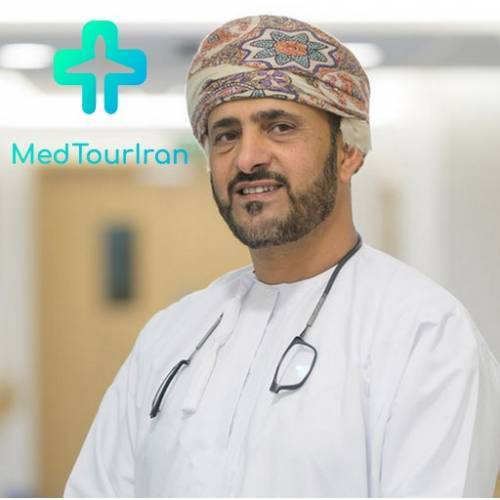

Fat grafting, fat injection, or fat transfer is a wonderful new technique that is useful in so many Areas. You first get liposuction, which sucks a specific amount of fat out. The removed fat cells are then transferred back into a specific area where augmentation is needed. This procedure is called fat transfer. It is basically removing fat cells from one area and putting those same cells in a different area.
Sometimes the patients have fillers in their faces to fill out the deep troughs, hide the shadows and make themselves look more youthful. Fat grafting or fat transfer can be used very effectively in these cases. The reason fat transfer is so effective is that the fat is taken from your own body, so you can’t react to the fat injection, and your body can’t reject the fat transfer. You can’t have an allergic reaction to fat grafts, and even though you lose twenty to fifty percent of the transferred fat in the first few months, what stays after is relatively permanent, which means that you get a very long-lasting result from the fat injection.
The important thing with fat transfer is that you remain vigilant of the areas where the fat has been transferred to. Any sign infection, redness or feeling ill, and any signs of flu symptoms are important. After fat transfer to areas like your buttocks, you’ll be wearing a support or compression garment with the cutout for the area where fat has been transferred into. In fat transfer to buttocks, it is important not to lay on your back and sleep on your front to minimize the amount of sitting in for the first few months. After the fat transfer procedure, the most important thing is to put no pressure on the injected area for two weeks, and limited pressure for two months. Pressure collapses those blood vessels that are supposed to bring oxygen and nutrients to the fat transferred area, so putting pressure on the area will decrease the blood supply and essentially choke off the nutrients that are needed for the fat transfer to survive. So the more pressure you put on the area, the less likely the transferred fat is going to survive.
With regard to the diet, we want to keep our body in the state of accepting the transferred fat cells, and if we are dieting to lose weight, that’s counterintuitive. Your body is not going to do two different things. It cannot lose weight and gain weight at the same time. You want your body to accept the fat, which means that you need to eat nutritious food that is going to bring the proper nutrients to the transferred fat and help it survive. The recommendations for exercise are along those same lines. You can and should exercise, but do not overdo it. For the first two months, you want your body in the state of accepting fat cells. So if you’re trying to exercise to lose weight, avoid that for the first two months after the fat transfer. You can do stretching, walking, weight lifting the type. You can build muscle; just don’t push the limits too hard because you don’t want to put your body in a state of Burning fat.
The fat cells are completely detached from your body, and when they are put back in there, your body has to recreate a blood supply. The blood supply is in the blood vessels that bring the oxygen and the nutrients to the fat to help the transferred fat to survive. Over the next few months after the fat transfer, your body is going to be creating this blood flow, that’s helping the fat to survive better. Since we want more blood to come to the area, there are a few things that we can do to help increase the blood flow. The first thing is using a warm compress on the area. You can use it for about 10-15 minutes, two or three times a day. It does not need to be too hot to burn the fat. Just a warm and low-pressure compress is good enough.
Another way to help increase the blood flow is to use Cypress oil. Cypress oil has been shown to dilate blood vessels and to help more blood flow to the injected area. This oil is very potent, so you don’t have to use a lot of it. However, a few drops won’t be able to spread over the entire area, so using a carrier oil like coconut oil or jojoba oil is recommended. You just need a few drops of the Cypress oil mixed in with these other oils, and then you can rub it all over the area two or three times a day. If we want to try to expand our blood volume, we can do that by staying hydrated through drinking plenty of water. The recommendations are to drink approximately a gallon a day. So try to stay as hydrated as possible.
Depending on the area being enhanced, and the volume of fat being transferred, Fat Transfer costs in India start from USD 400 and go up to USD 3000. In the United States, the prices for fat grafting procedure start from USD 500 and goes up to even USD 4550. In turkey, the average cost of fat injection is something about USD 2137.
Iran is known as one of the most popular destinations for plastic surgeries and cosmetic procedures. The reasons for Iran’s popularity are its best ranked and highly experienced plastic surgeons, and well-equipped hospitals and beauty clinics. In addition to all of these advantages, in Iran, you can have your plastic surgery with the most affordable costs.
The medical tourism company of MedTourIran, has put together for you the most convenient and beneficial medical packages. MedTourIran’s medical packages include visa, transfer, sim card and Internet, interpreter, clinic and doctor visit, and accommodation in 3 to 5-star hotels. If you have decided to have your cosmetic procedure in Iran, do not hesitate to contact MedTourIran’s professional team now!
Read More:

22 Jun 2020

18 Jun 2020

16 Jun 2020

15 Jun 2020

27 May 2020

12 May 2020